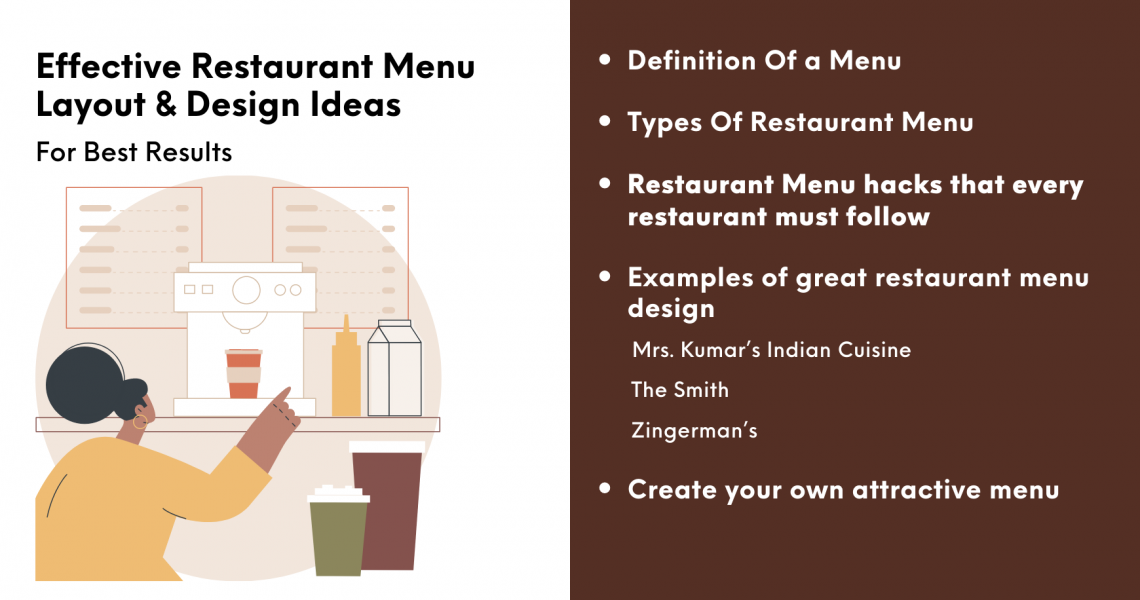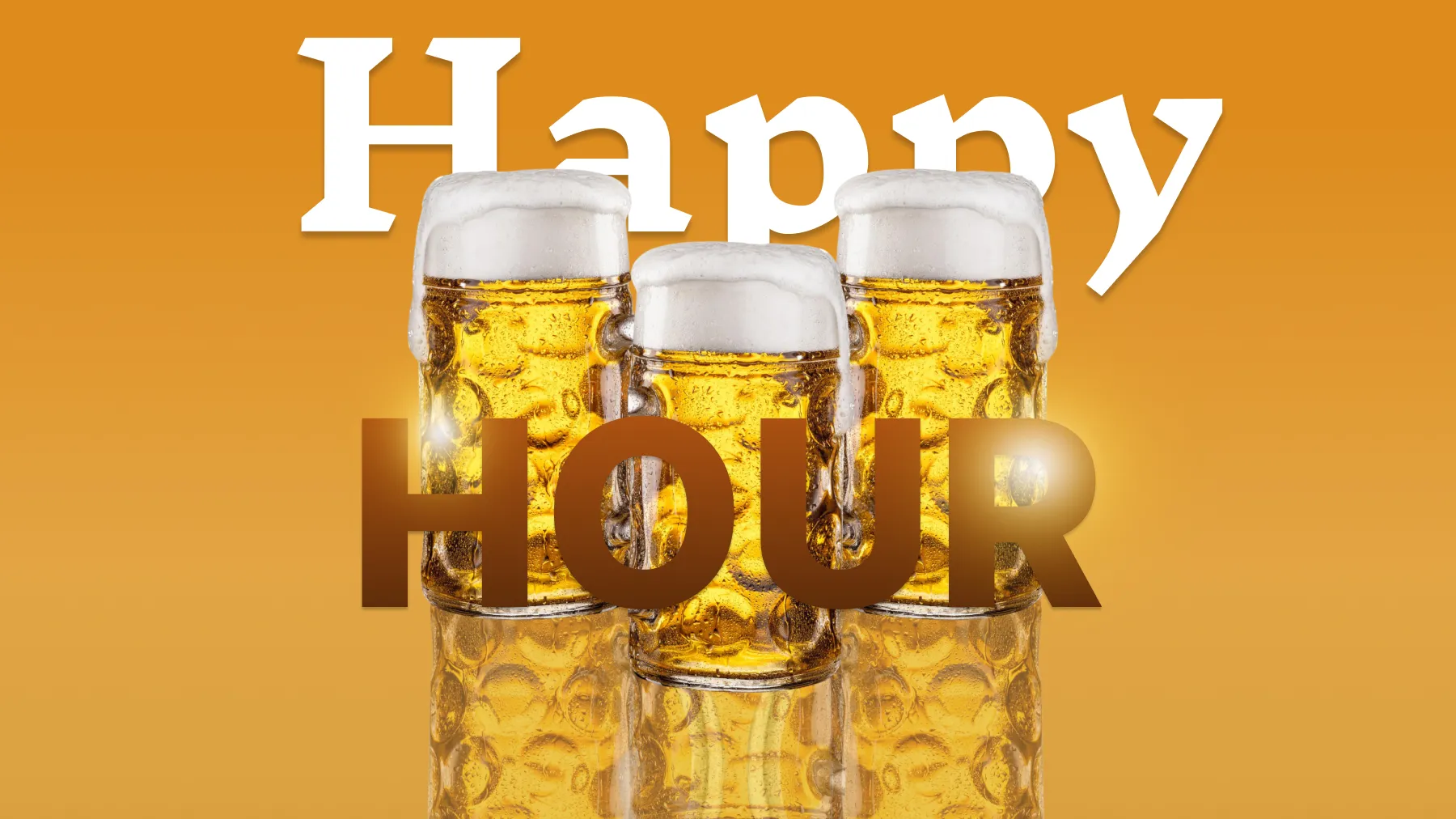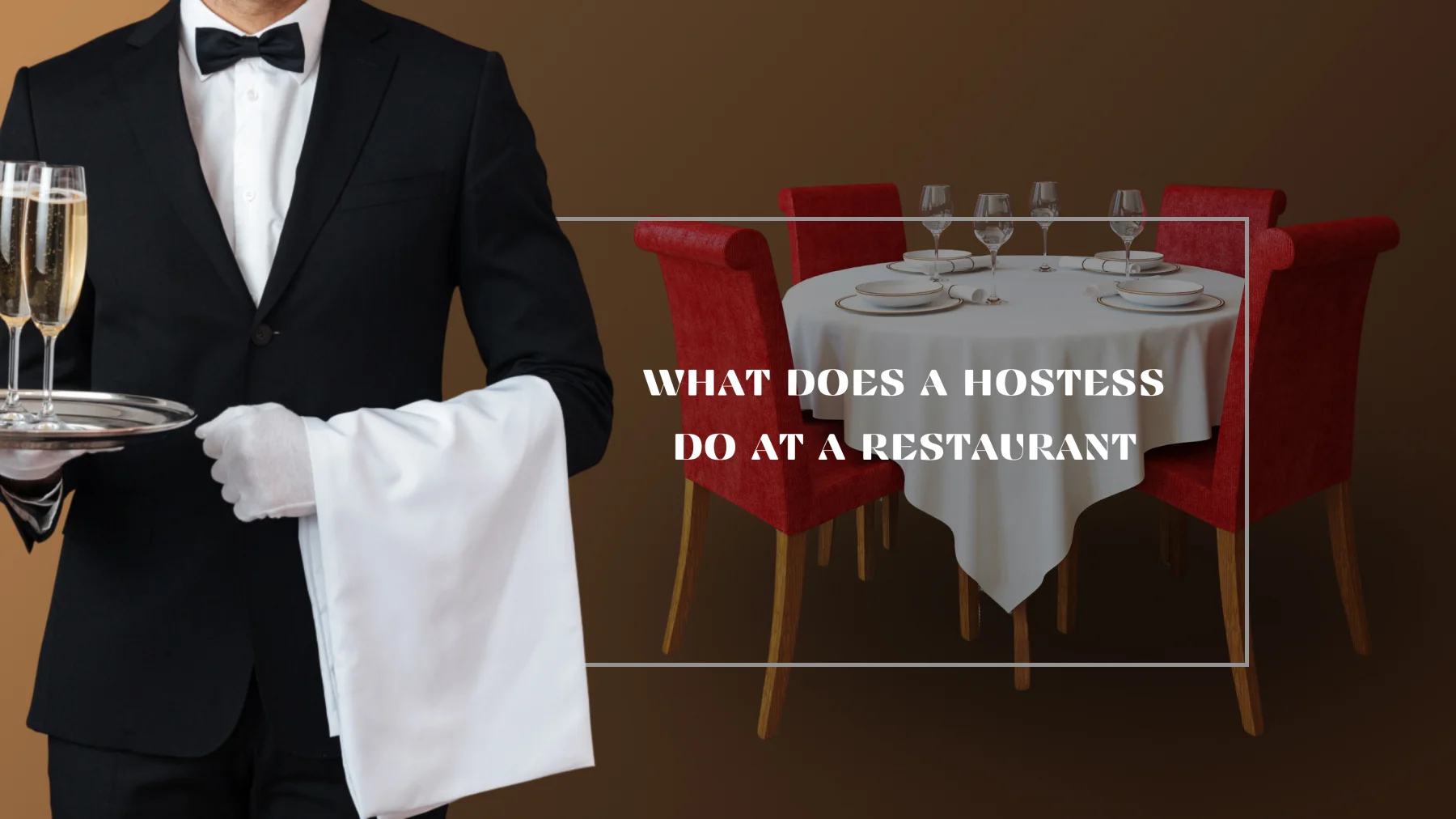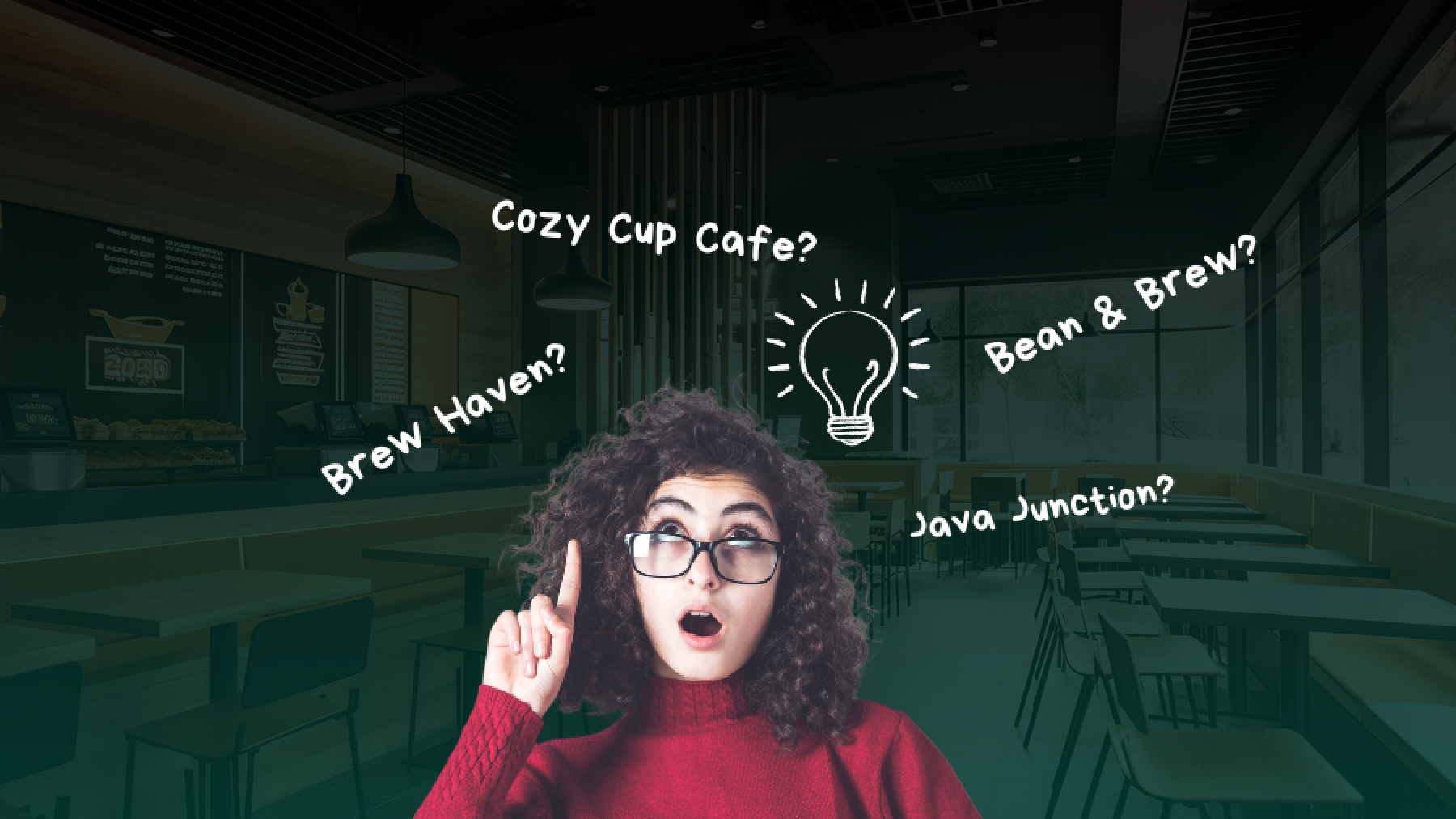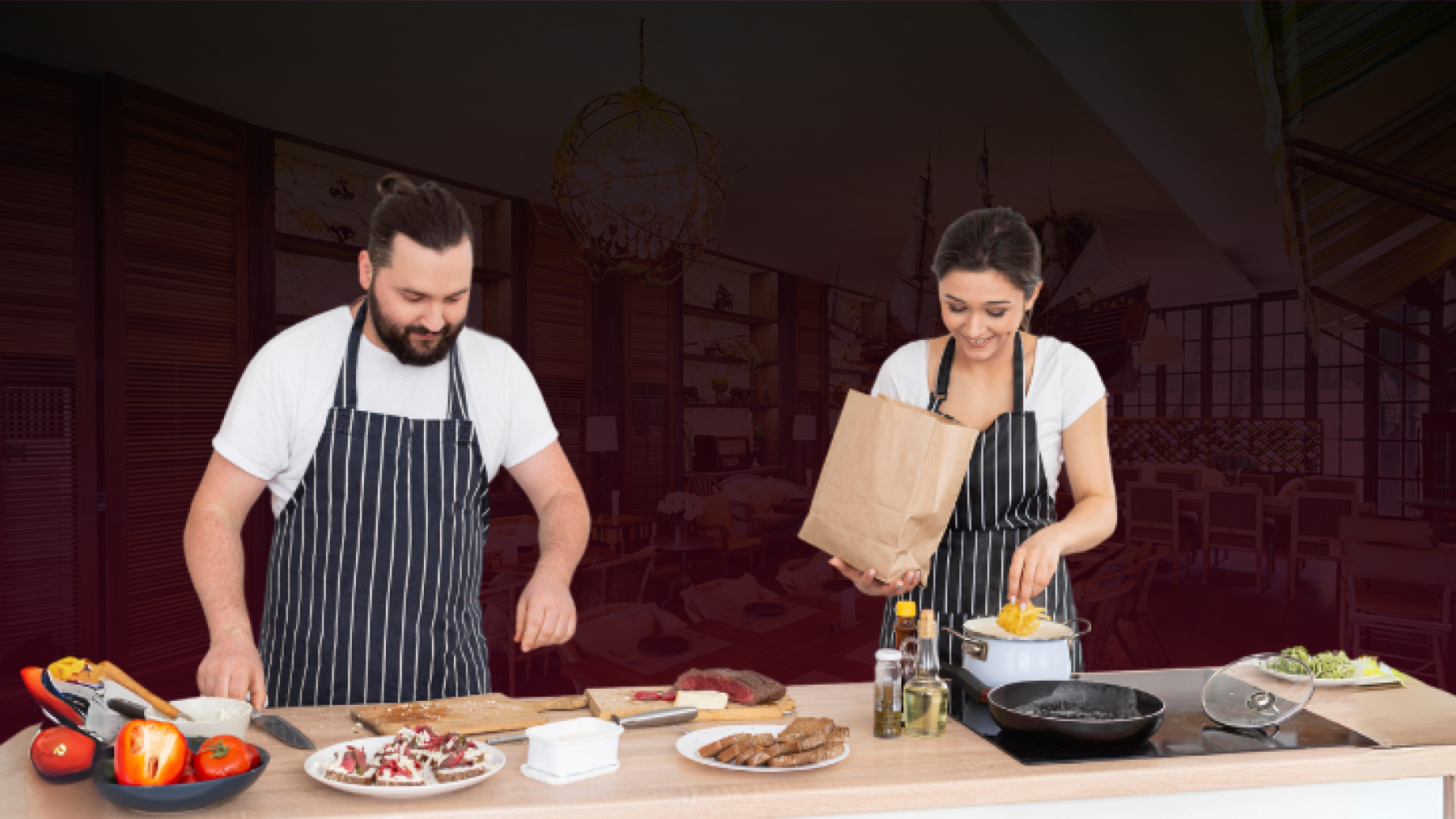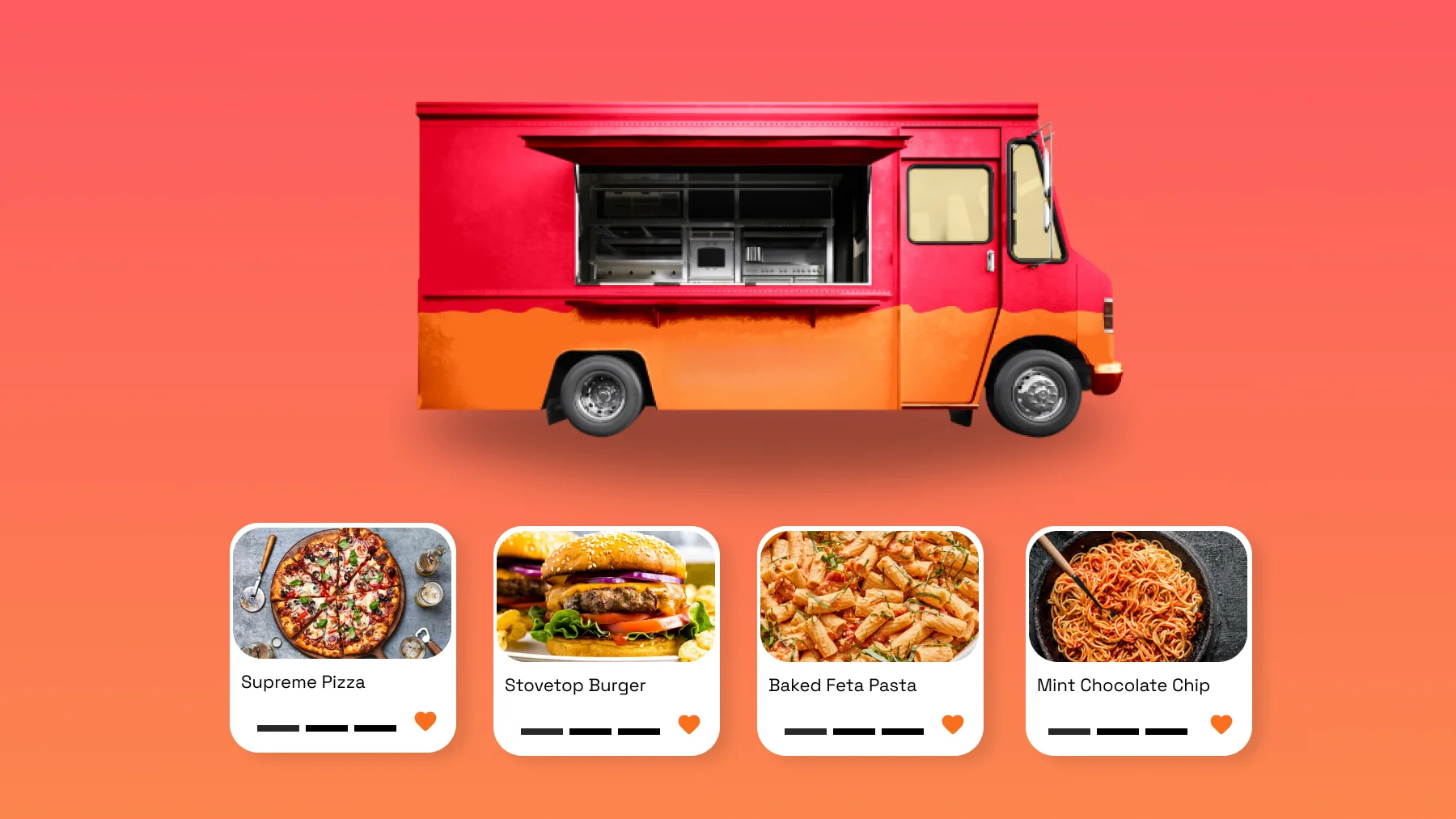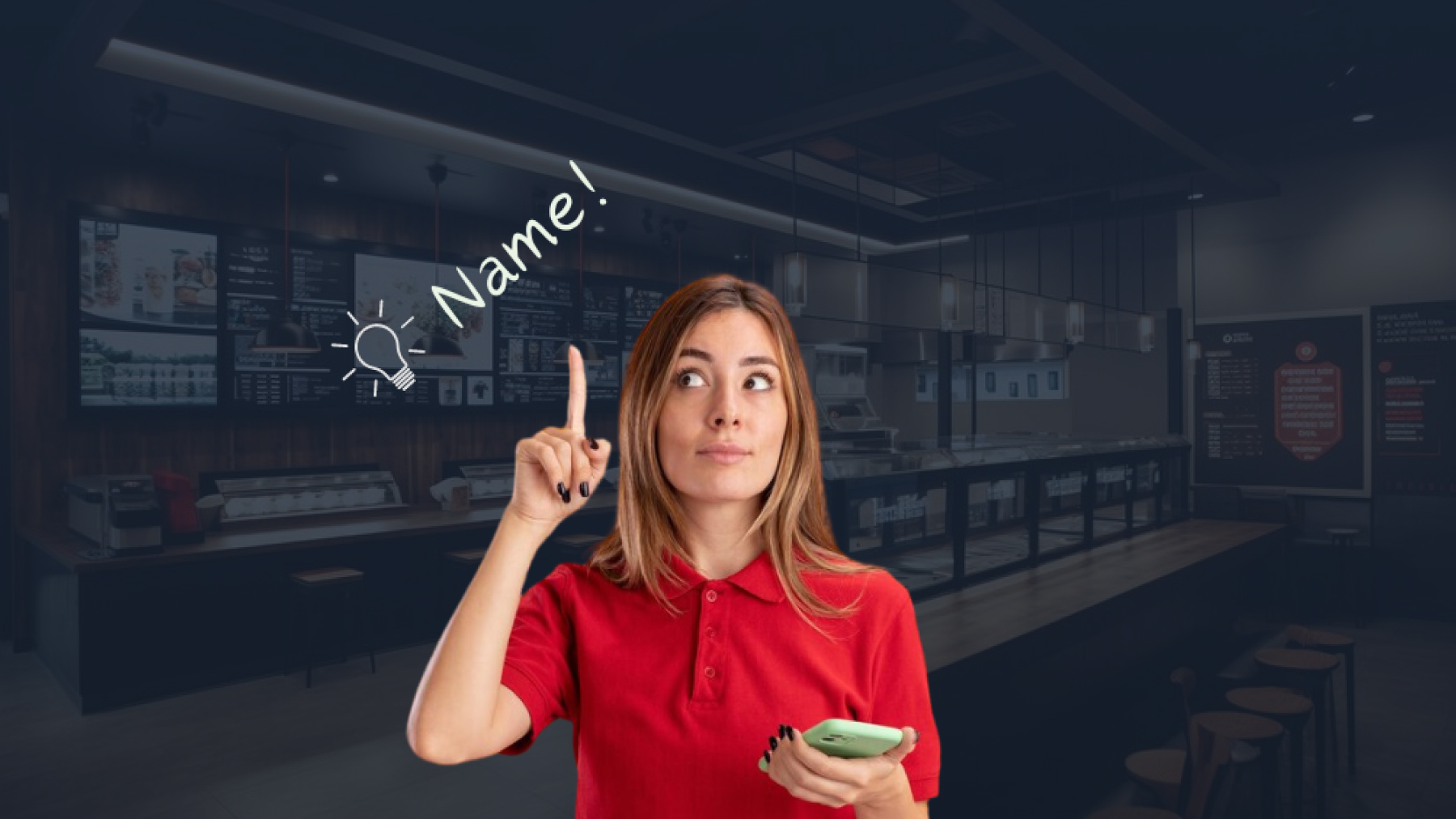Effective Restaurant Menu Layout & Design Ideas For Best Results
Great restaurant menus enhance dining experience and guide even a new customer in making the right culinary choices. A menu that generates income and increases customer base is also capable of serving the role of an advertising tool. This is because a menu, if well designed, can communicate a brand’s identity and drive profits.
DEFINITION OF A MENU
For the uninitiated, a menu is nothing but a list of food or drinks that is sold by a restaurant along with a mention of the prices.
TYPES OF RESTAURANT MENU
There are 5 major types of restaurant menu. Being aware of the difference between them will help a restaurateur to follow the right pricing strategies to be followed in a restaurant menu.
1. A La Carte Menu
This menu lists each item and its price separately. Items on such menus tend to be priced higher. But customers have the flexibility to choose individual items and also work out combos in their own way as they pay for every item separately.
2. Du Jour Menu
Du Jour is a French word meaning “of the day”. Such menus change everyday depending on what is available or the recipe that the chef has prepared. So, ‘pork du jour’ or ‘soup du jour’ would mean ‘the pork that is available today’ or ‘the soup that is available today’ respectively.
3. Cycle Menu
A cycle menu is a part of the menu or, sometimes, even an entire menu that provides repeated options during a particular period of time. For example, let us suppose a cafe sells only chocolate cakes on a Monday, only blueberry cakes on a Tuesday and only strawberry cakes on a Wednesday. If any such pattern continues for 7 days and if the same 7-day pattern is implemented for weeks together, the cafe can use a cycle menu. Such menus are very useful for bars or cafes that may use it along with a static menu to showcase the same collection on the same days throughout a week.
4. Fixed Menu
A fixed menu is one with a few options, but a fixed total price. It is mostly confused with static menus, but it varies to a great extent from static menus. A fixed menu is commonly known as a set. The two types of fixed menus are:
i) Table d’Hote Menu
This menu offers guests a combo of an appetizer, entree and a dessert at a fixed total price. This provides the customer with a lot of freedom. Most restaurants allow their customers to choose one appetizer from two options, one entree from two (or three) options and one dessert from two options. Despite individual choices, the total price does not change. Since the options are few with a predefined or pre-determined total price, this kind of menu comes under Fixed Menu.
ii) Prix Fixe Menu
It is a fixed menu with very little or in fact no variability, but for a fixed total price. Guests are offered an appetizer, an entree and a dessert. This can be customized or modified according to their dietary restrictions or taste preferences. However, there is only one option to choose from per course. A Prix Fixe menu is very similar to a Table d’Hote menu, just without the choices. While they may seem rigid, they can be adopted by chef-driven restaurants that wish to serve kitchen items as per the directives of the chef from the kitchen.
Apart from these 5 major types of menus, there are also other menus like beverage menu, cocktail menu, dessert menu, industry menu and the latest, technologically empowered digital menu.
Some restaurants use Menu apps or touchless menus. But, this requires an investment in terms of money, time, effort and technical know-how. Customers must also download the app to use it. A better and elegant solution is a QR Code-Based menu as it leverages the convenience of the QR code. The use of such QR codes can also be extended beyond the menu.
RESTAURANT MENU DESIGN HACKS THAT EVERY RESTAURANT MUST FOLLOW
Marketing and psychology are the two sides of the same coin. A restaurant must make use of its exclusive toolbox of psychological strategies called Menu Engineering.
By designing menus using visual and verbal psychology, a restaurant can maximize profits. The following are the menu design techniques to be followed:
1. Small Time, Big Impact
A poll states that diners spend only an average of 109 seconds reading menus. So, it is important that menus have clear section headings, bold dish titles and other visual elements that guide the user as they merely scan the menu from front to back. Since customers look at the first and last items of a vertically arranged menu, the most popular and signature dishes of the restaurant must be placed at those spots.
2. Focus on the Sweet Spot
This is the upper right-hand corner of the menu towards which a diner’s eye always tends to gravitate. Placing an expensive dish at this sweet spot, highlighting it with a tasteful illustration or a photograph is recommended.
3. Use Eye Magnets
A restaurant can highlight certain items that it wants to sell aggressively using eye magnets. It can be a mouth-watering photo of the dish, a graphic illustration, a brightly colored or shaded box, a thick border, decorative frame or anything that basically attracts the attention of the diner’s eye.
4. Proper Color Psychology
Color can be used for emphasis. People respond to color in several subconscious ways. Use the color theory intelligently – a generous use of red and blue on the menu has been proven to trigger appetite.
5. Use Photos Sparingly
Studies have shown that one photograph per page can increase sales by up to 30%. So, using high-quality photos on the menu, that too, sparingly, will create a positive impression in the minds of customers.
6. Descriptive Menu Categorization
Using a descriptive language for the labels alone would not suffice. Categorizing them under topics such as geographic, nostalgic, sensory or branded is also important to make the menu more attractive.
7. Adopt Descriptive Language:
Descriptive labels like ‘tender’, ‘succulent’, ‘Cajun’, ‘Italian’, ‘traditional’, ‘Grandma’s’ have shown to increase sales by 27%. This is why menu designers, engineers and copywriters work hard to create the heart of the menu – the names and their descriptions. With appealing, appetizing and evocative languages, sales transpire with ease.
8. No Currency Symbols:
Getting rid of the dollar signs or any other currency symbol is the right way to strike a balance between making a profit and also not scaring customers. A currency symbol might psychologically remind people of the ‘pain’ of forgoing their hard-earned money. This might make them choose items based only on the price rather than their quality, popularity or taste.
9. No Price Columns
Placing prices in a separate column will naturally make restaurant customers choose the cheapest item from the column. Since that is not what restaurants want, a restaurant menu must bury the prices or at least place it inconspicuously beneath item descriptions. Of course, the dollar sign must be abandoned.
10. Use Numbers That Do Not Intimidate
There is a psychology behind numbers too. Number combinations have different connotations. If a price ends in 99, it suggests value for money. Prices that end with 95 are looked upon as pocket-friendly numbers. While pricing the menu, restaurants can leave out the seemingly ‘stuffy’ .00 and adopt the .95 that is more inviting.
EXAMPLES OF GREAT RESTAURANT MENU DESIGN
A carefully thought out restaurant menu design improves brand identity, customer experience and eventually, the restaurant’s profits. A perfect restaurant menu design is also shown to increase profits by 10-15%.
Professional website designers like Restaurantify do not stop with helping you design a great restaurant website. They also provide a comprehensive package of digital marketing solutions that will help you reap quantitative and qualitative benefits from your digital operations.
By looking at the online menu of Mrs. Kumar’s restaurant in Monroe township, New Jersey, one realizes that all the important principles of a restaurant menu design have been followed methodically. While communication about items and prices is simple and effective, people unaware about Indian cuisines are also guided with a brief description and other visual design elements.
This American restaurant in New York has separate online menus for different locations. It provides separate menu categories online namely – weekday lunch, dinner, red sauce Sundays, weekend brunch, dessert, happy hour, drinks, New Years Eve, etc. This makes navigation through the online menu extremely easy for visitors based on their culinary preferences.
The online menu of this delicatessen in Michigan is marked by a remarkable simplicity. It requests customers to make online orders before visiting the outlet as orders are not taken in person. The categorization of sandwiches, groceries, ‘At Home Menu’ and ‘Coffee & Noshes’ with beautiful sketches in red make the menu user-friendly. The website also provides an option for visitors to print the menu.
CREATE YOUR OWN ATTRACTIVE MENU
When building a menu know how to write menu descriptions and maintain the same details on the online and hand-held version. In fact, provide additional details like (photos or videos) and also facilities like online ordering. Allow people to order using QR codes. This keeps the ordering process under their complete control and reduces manual errors. Always keep an eye for the latest trends in menu engineering and redesign your online menu to stay in vogue.
Ensure you use a restaurant website builder like Restaurantify – that enables you to customize your menu as per requirements and as much information as possible.
LATEST BLOG POST
What Is Happy Hour? 10 Foolproof Ways to Make Your Happy Hour Successful
ShareTweetSharePin0 Shares
What does a hostess do at a restaurant? Duties And Responsibilities
ShareTweetSharePin0 Shares
200 + Cafe Name Ideas That Will Make Your Business Stand Out
ShareTweetSharePin0 Shares
How to Craft an Effective Restaurant Mission Statement: A Step-by-Step Guide
ShareTweetSharePin11 Shares
How to Create Food Truck Business Plan? Complete Guide
ShareTweetSharePin11 Shares
How to Choose the Right Restaurant Name (+ 190 Great Ideas & Examples)
ShareTweetSharePin11 Shares
